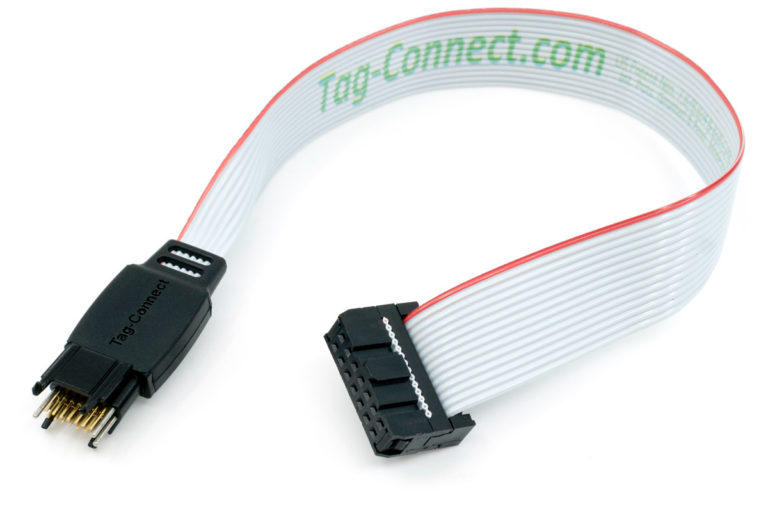

Lastly, we propose a model in which MutSα deficiency impairs heteroduplex rejection, leading to premature initiation of telomere DNA synthesis that coincides with an accumulation of telomere variant repeats (TVRs). We also provide evidence that MutSα counteracts Bloom (BLM) helicase, which adopts a crucial role in stabilizing hyper-extended telomeres and maintaining the survival of MutSα-deficient ALT cancer cells. Mechanistically, we show MutSα is specifically recruited to telomeres in ALT cells by associating with the proliferating-cell nuclear antigen (PCNA) subunit of the ALT telomere replisome. By disrupting MSH6 gene expression, we show that the deficiency of MutSα (MSH2/MSH6) DNA mismatch repair complex causes striking telomere hyperextension. Current models indicate that ALT is mediated by homology-directed repair mechanisms. Thus, the dynamic telomeric R-loops formed by TERRA and RAD51AP1 enable the RAD52-independent ALT pathway, and G4s orchestrate an R- to D-loop switch at telomeres to stimulate BIR.Īlternative lengthening of telomeres (ALT) is a telomere-elongation mechanism observed in ∼15% of cancer subtypes. In vitro, the telomeric R-loops assembled by TERRA and RAD51AP1 generate G4s, which persist after R-loop resolution and allow formation of telomeric D-loops without RAD52. G4 stabilization enhances ALT even when TERRA is depleted, suggesting that G4s act downstream of R-loops to promote BIR. The formation of R-loops by TERRA increases G-quadruplexes (G4s) at telomeres. TERRA forms R-loops in vitro and at telomeres in a RAD51AP1-dependent manner. Here, we show that the telomere non-coding RNA TERRA forms dynamic telomeric R-loops and contributes to ALT activity in RAD52 knockout cells. RAD52 promotes ALT by facilitating D-loop formation, but ALT also occurs through a RAD52-independent BIR pathway. This work was supported by funding from the American Cancer Society ( RSG-18-038-01-DMC), the National Cancer Institute (NCI) ( 5R01CA207209-02), and the UPMC Hillman Cancer Center.Īlternative lengthening of telomeres (ALT), a telomerase-independent process maintaining telomeres, is mediated by break-induced replication (BIR). O'Sullivan for critical reading and discussions that helped develop this review article. We thank members of the laboratory of R.J.

We apologize to all those whose work we were unable to refer to in this review owing to space constraints. With this, the field is well positioned to decipher with precision how the related HDR pathways cooperate to replicate, extend, and maintain functional telomeres in cancer cells that rely on ALT. The discovery of the DNA synthesis pathways and PCNA–RFC–Polδ replisome that mediates ALT telomere extension has been pivotal in this respect. The recent years have proved to be tremendously exciting, having delivered immense progress in our understanding of the ALT mechanism. Indeed, several ALT cell lines were reported to exhibit acute sensitivity to inhibition of ATR kinase, although whether this is a general phenomenon remains Concluding Remarks There have been several recent instances where inhibition or depletion of HDR factors disrupts the ALT mechanism and provokes acute death of ALT cancer cells (Figure 4). Recent advances in understanding the ALT mechanism have revealed specific vulnerabilities within ALT cancer cells that might be capitalized upon for therapy development. Taking cues from yeast, it was subsequently demonstrated that human cancer cell lines which lack telomerase transfer telomeric DNA sequences between sister chromatids or separate Exploiting the Vulnerabilities of ALT for Cancer Therapy It was earlier established that telomerase-deficient budding yeast (Saccharomyces cerevisiae) could bypass senescence by engaging the HR DNA repair machinery. The first evidence of ALT in human cancer came from the observation of telomere length stabilization in cells lacking detectable telomerase.

The 3′-end of each telomere contains a protruding tract of single-stranded DNA that folds back and invades the duplex DNA, forming a lasso-like T-loop, Advancing towards an Integrated Model of ALT They are composed of tandem arrays of a hexameric 5′-TTAGGG-3′ DNA sequence to which constituents of the shelterin (see Glossary) complex bind. Telomeres are specialized ribonucleoprotein structures that demarcate the ends of chromosomes and protect them from recognition by factors that sense and repair DNA double-strand breaks (DSBs). Section snippets The Physiological Basis of ALT


 0 kommentar(er)
0 kommentar(er)
